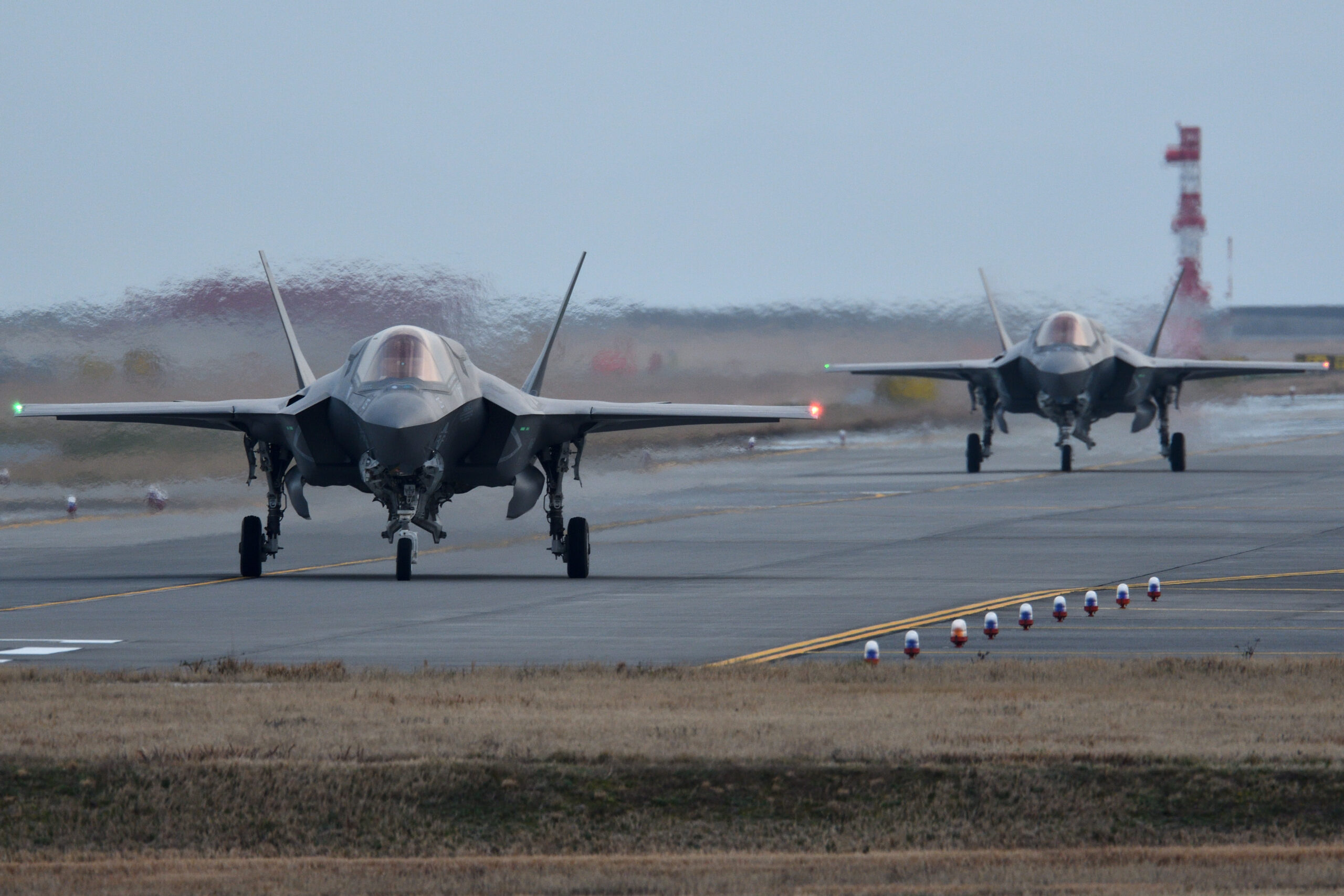Trump PUSHES Merger – Canada REJECTS Plan

Canada’s reluctance to upgrade its aging F-18 fleet to the advanced F-35 fighter jets puts its position in NORAD at risk, with President Trump suggesting a controversial solution that has Canadian officials bristling.
At a Glance
- Canada risks being removed from NORAD due to delays in replacing its aging F-18s with the F-35 Joint Strike Fighter
- President Trump suggested Canada could join the U.S. as the 51st state to avoid the costly upgrade
- Canadian Prime Minister Mark Carney firmly rejected the idea, asserting Canada’s sovereignty
- U.S. Ambassador Pete Hoekstra warned that canceling the F-35 contract could threaten NORAD operations
- Canada has a history of delaying military aircraft acquisitions, having initially joined the F-35 program in 2002 but still not received any aircraft
Trump’s Controversial Offer to Canada
President Donald Trump recently made waves in diplomatic circles with his suggestion that Canada could avoid hefty defense upgrade costs by becoming America’s 51st state. The statement came amid growing concerns about Canada’s commitment to upgrading its military aircraft fleet, specifically the long-delayed transition from aging F-18s to the advanced F-35 Joint Strike Fighters. Trump claimed on his Truth Social platform that Canada would face a $61 billion price tag to join the “Golden Dome” missile defense system unless it joined the Union.
“I told Canada, which very much wants to be part of our fabulous Golden Dome System, that it will cost $61 Billion Dollars if they remain a separate, but unequal, Nation, but will cost ZERO DOLLARS if they become our cherished 51st State,” said Trump.
Canada’s Sovereignty Stance
The reaction from Ottawa was swift and unequivocal. Liberal Prime Minister Mark Carney, through a spokesperson, firmly rejected any notion of compromising Canadian independence. “The prime minister has been clear at every opportunity, including in his conversations with president Trump, that Canada is an independent, sovereign nation, and it will remain one,” the statement declared. This exchange highlights the tension between Canada’s desire to maintain sovereignty while facing pressure to meet its defense obligations.
Carney has ordered a comprehensive review of the F-35 purchase agreement, exploring potential alternatives from other countries including Sweden, France, or the United Kingdom. This reassessment comes despite Canada having been part of the F-35 program since 2002, yet still not having received any aircraft – a testament to the country’s notorious procurement delays.
NORAD at Risk
U.S. Ambassador Pete Hoekstra has issued a stark warning that Canada’s hesitation on the F-35 acquisition could jeopardize its participation in NORAD (North American Aerospace Defense Command). The bilateral military partnership, which has been a cornerstone of North American defense for decades, requires interoperability between U.S. and Canadian forces. The F-35 is considered essential for compatibility not only with American systems but also with those of the United Kingdom and Australia.
“I think that’s worked pretty well for the U.S., and it’s worked well for Canada. It’s, I think, one of the only, if not the only, bilateral military relationship in the world. So I think it would, but, I mean, there’s criteria, OK, and some of those criteria are being questioned right now,” said Hoekstra regarding the NORAD relationship.
Canada’s History of Military Procurement Delays
The current F-35 controversy is not Canada’s first experience with protracted military acquisition processes. The cancellation of the Avro Arrow program in 1959 remains a sore point in Canadian military history. More recently, the F-35 decision has been a political football for successive governments. Former Prime Minister Justin Trudeau initially opposed the purchase during his campaign, only to reverse course in 2023 after years of delay.
Canada’s military readiness now hangs in the balance as Carney’s administration continues its assessment of the F-35 program. The review is examining multiple factors including interoperability requirements, industrial impacts, and cost considerations. Meanwhile, the aging F-18 fleet continues to deteriorate, putting increasing pressure on Canada to make a definitive decision or potentially face exclusion from a critical defense alliance that has protected North America for generations.












